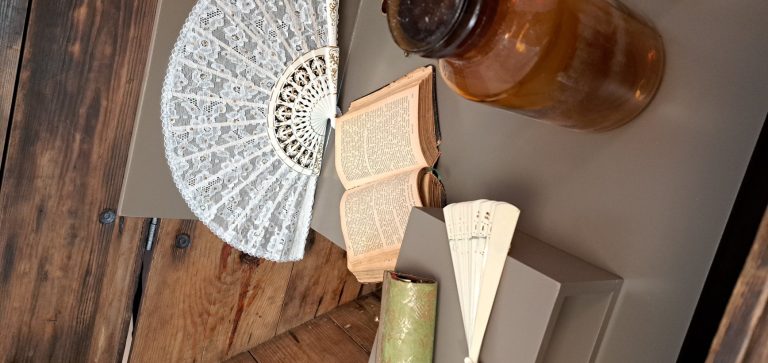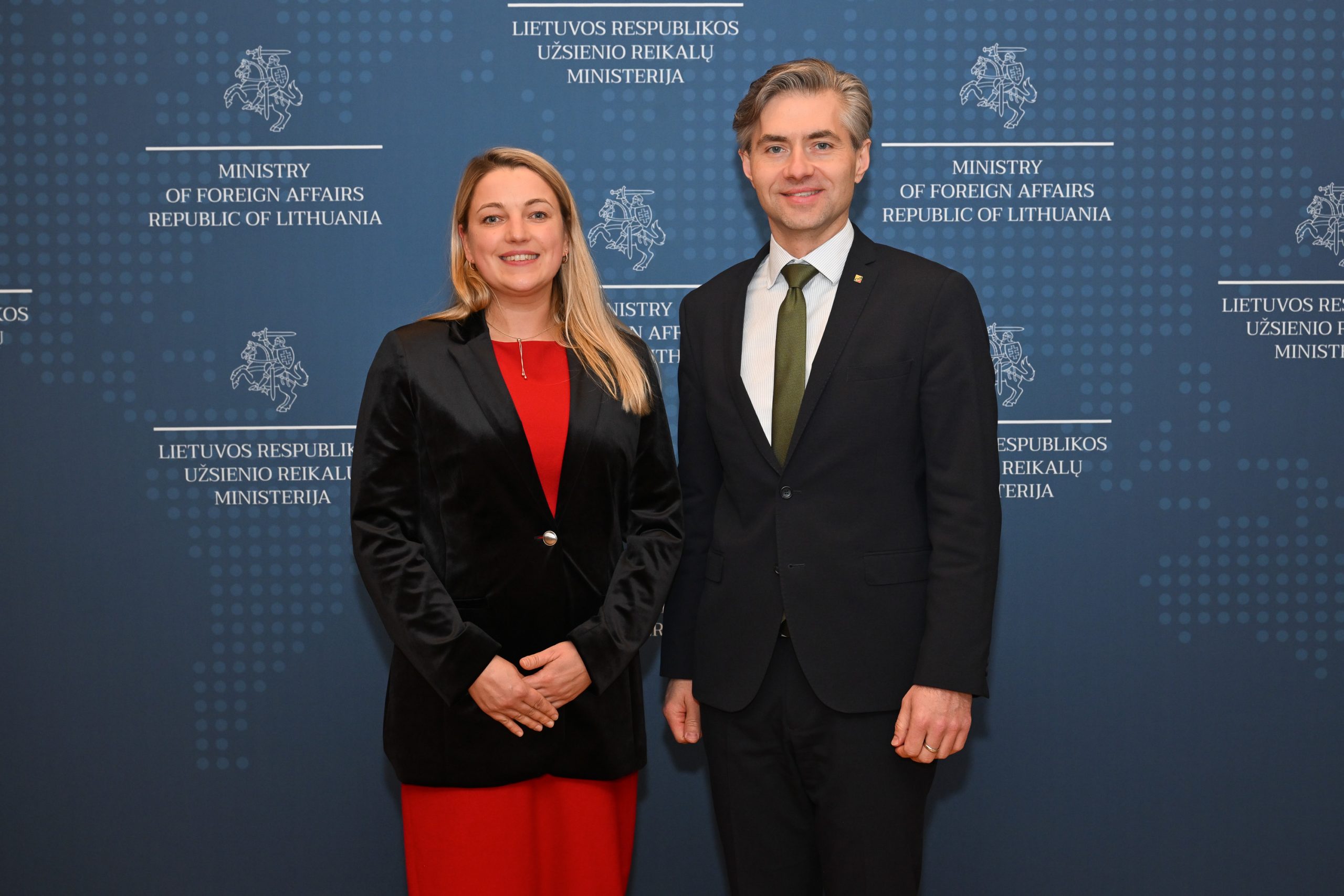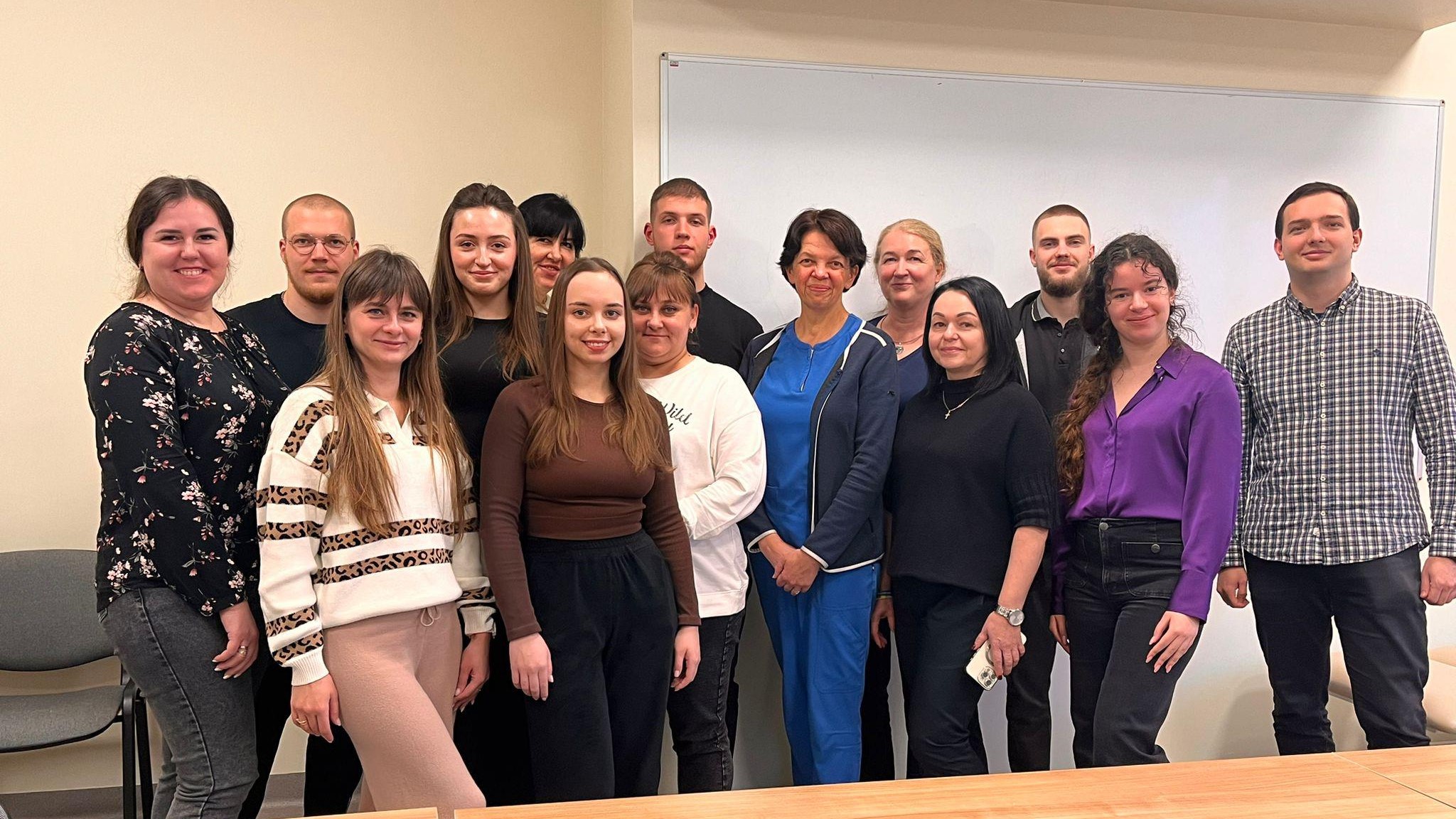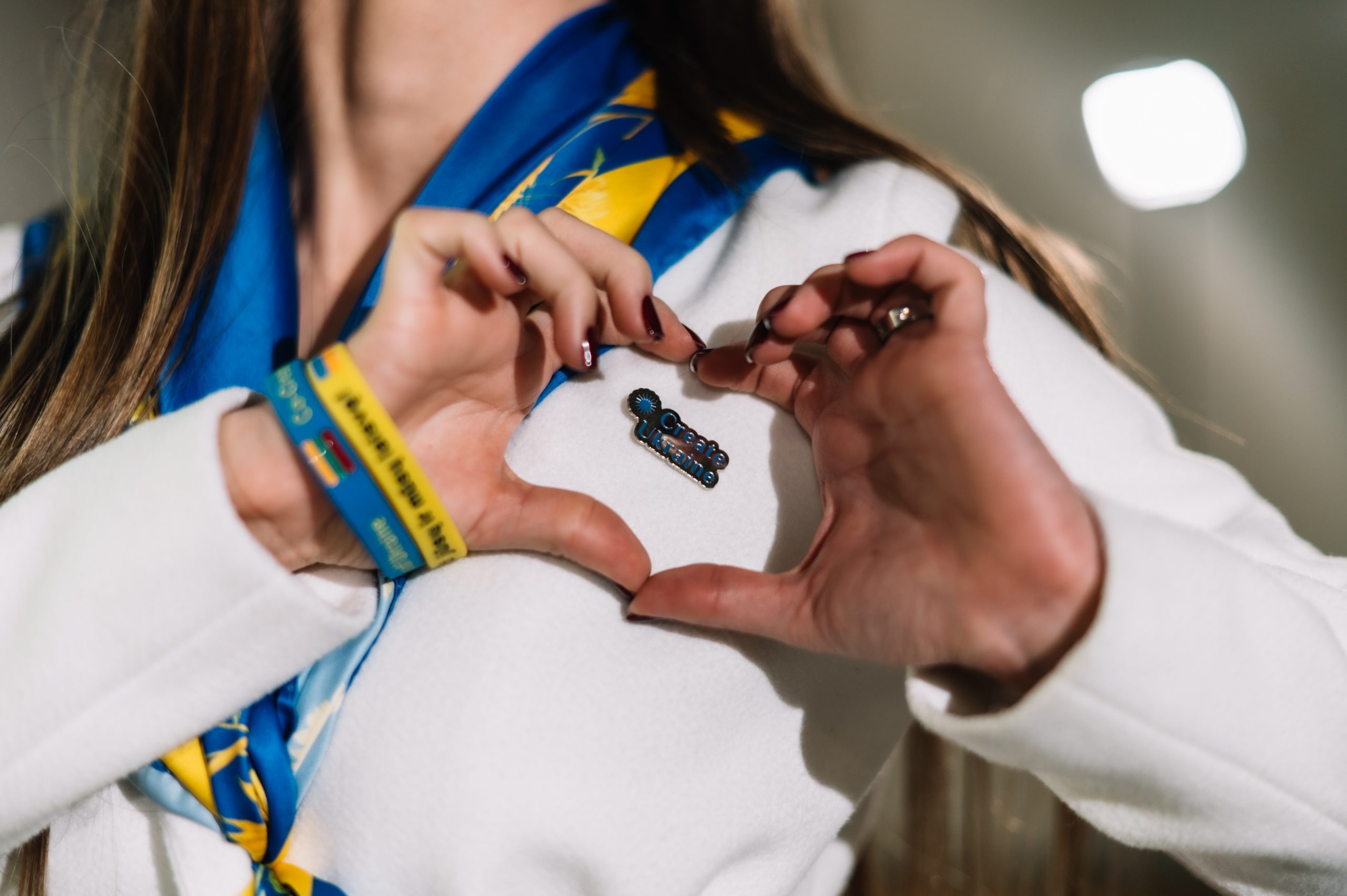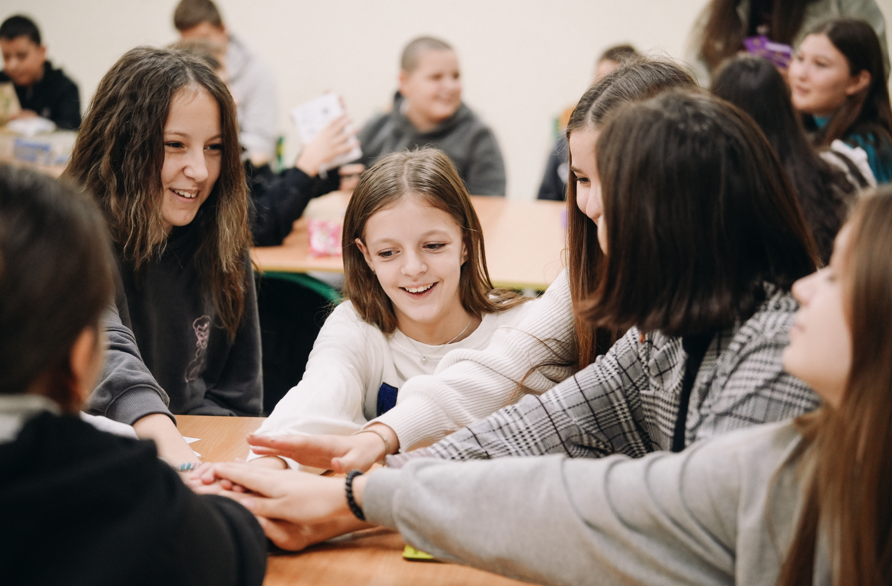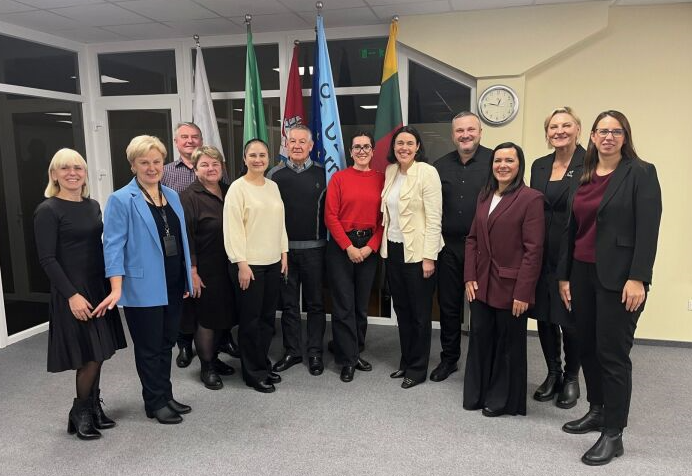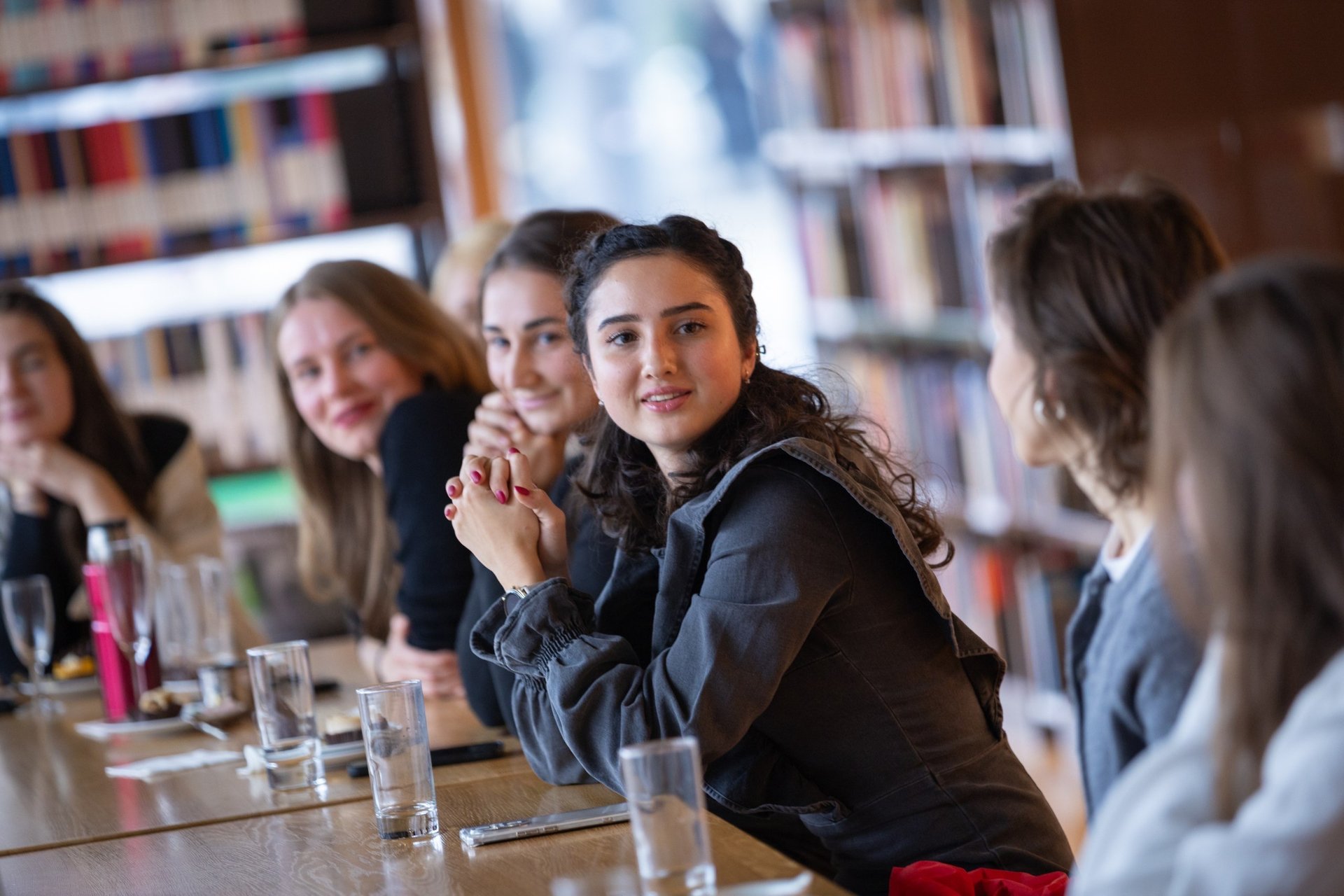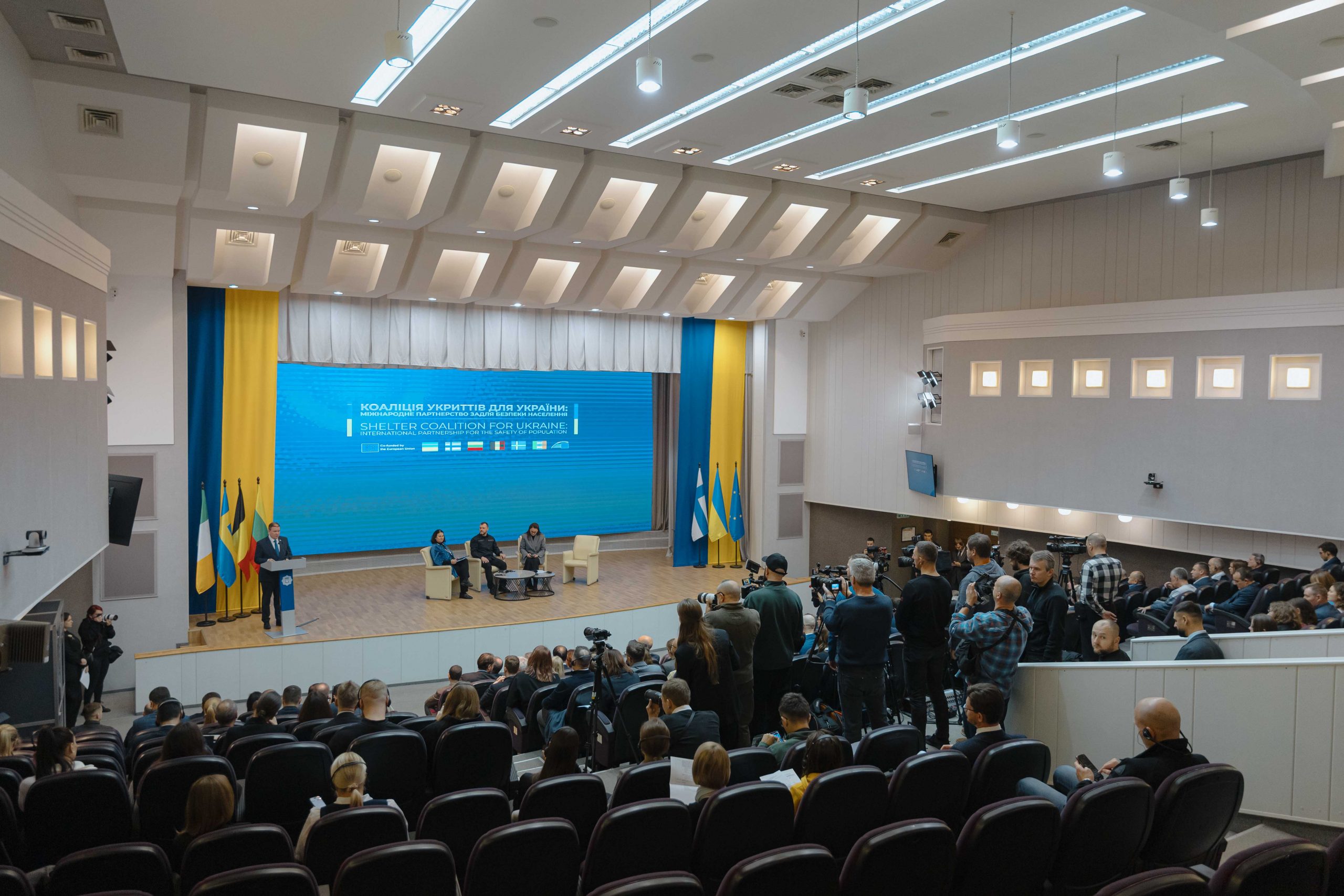The desire to change one’s surroundings, at least occasionally, is a characteristic not only of today’s man, but also of the 18th- and 19th-century lord of the manor. Chests full of fans, pipes, books, purses and other precious things would be the first to arrive at the residences, together with the servants, and once they were settled, so would their lords. One of these summer residences was Aristavėlė‘s manor, which is starting its journey around Lithuania and will be awaiting its lords – visitors. The first stop is Kaišiadorys.
If you don’t go to the manor, the manor will come to you – this is the aim set by the museologists preparing the traveling Aristavėlė’s manor project. Aristavėlė‘s manor will travel around Lithuania in a special tent, where visitors will be greeted by the manor’s exhibition and educational activities. A visit to the travelling Aristavėlė‘s Manor can be a great history lesson not only for children and young people, but also for adults. The project aims to reach out to people living in remote parts of Lithuania and introduce them to the history of the manor. This project is a part of the Culture Programme 2014-2021 funded by the Financial Mechanism of European Economic Area (EEA). A budget of EUR 158 000 has been allocated for the implementation of the project. The project is administrated by the Central Project Management Agency (CPMA).
“Aristavėlė’s Manor is rich in stories. One of the Medekšai family who lived in the manor took part in the 1863 uprising. The manor house has undergone several reconstructions. The most significant changes took place during the Soviet era: the hall and the large rooms were divided into partitions, apartments were built, and the furnaces were rebuilt. Despite this, it has managed to preserve the appearance of a noble residence – an example of Lithuanian wooden architecture of the Baroque period,” explains Rasma Noreikytė, project manager and the head of the Marketing Department of the Lithuanian Folk Household Museum.
Visitors are invited to discover the culture of the manor through different senses: tasting, touching, listening, smelling and seeing. The tent is full of various symbols and graphic motifs. Some of them are the coats of arms of the two families that lived in the manor, the Zabielai and the Medekšai. In the photo mirror, you can try on the manor clothes interactively. The interior of the manor is decorated with exquisite polychrome paintings.
“In the 18th and 19th centuries, wallpaper was more expensive than handmade decor. The paint was made from curd mass. The entire Aristavelė’s manor was decorated with ornaments, each room was different – with its own decor and colours. This is so-called polychrome painting. Visitors will be able to try it out during the educational sessions,” says R. Noreikytė.
Often we imagine the life of lords from an aesthetic point of view, with images of splendid clothes and palace decorations, but, according to the project leader, there is a lot behind the aesthetics too.
“In all the texts I’ve read from that period, there is a love of the homeland. There is a respect for tradition, origin, the people around them, and science. Today we have education freely available to all, but this was not always the case. I would very much like to draw attention to this, to encourage you to appreciate more what we have. The courtiers of the time were learning more than one language at the same time. For example, the courtier Oginski in his memoirs shares how he used to spend half the day learning French and how his teacher talked about plants in Polish. Three or four languages were taught at the same time. Science was given special attention, but only by the lord of the manor,” says Noreikytė.
Courtiers are characterised not only by their special attention to science, but also by their connection to nature. According to R. Noreikytė, when reading Oginski‘s memoirs, you can feel the joy of seeing the avenue of trees every time you look out the window. The courtiers of the time learned botany very practically, they touched every plant, knew the structure of each plant and wrote it down in their notes.
Aristavėlė‘s Manor has already visited Kaišiadorys, and in 2023 it will visit nine other regions of Lithuania and two Lithuanian communities in Norway. The Aristavėlė‘s Manor House was built in the 1700s in the Kėdainiai district and opened to visitors in 2016 in Rumšiškės, in the Lithuanian Folk Household Museum.
About Culture Programme:
The Culture Programme of the European Economic Area Financial Mechanism in Lithuania aims to eliminate the existing territorial inequalities in terms of access to high quality cultural products and services, thereby reducing social exclusion and discrimination. Cultural education, local cultural entrepreneurship and cultural heritage management are strengthened through various measures of the programme. In total, more than EUR 8.2 million has been allocated to the Culture Programme for the period 2014-2021. The implementation of the programme is administrated by the Central Project Management Agency (CPMA).
